Service
Sustainable Management
Reviewing the lifecycle of products and services, we can link practical sustainability efforts to branding and building stronger relationships with stakeholders.
Around the world, there's rising consciousness that we cannot pursue insatiable growth with finite resources. A system that treats resources wastefully, promotes unlimited consumption, and consolidates gains to a few must be improved. Corporations must recognize their responsibilty and seriously evaluate their role. The question being asked is now, "Are your business activities doing anything to make the world a better place?"
Changing the behavior of individuals, organizations, and society as a whole will help pave the way towards a more sustainable future. For companies, this means rethinking the entire process of product and service offerings, from resourcing and production to purchasing, consumption, and disposal. Additionally, it means finding solutions together with stakeholders, to generate an appealing vision that resonates with individuals. Through workshops and field research, mct can review product and service lifecycles to generate specific action plans for positive change. We can help your organization pursue real positive impact which strengthens branding and stakeholder relationships.
Process & Approach
All stakeholders related to a product or service should be identified and considered. Looking fully at the entire lifecycle of an offering, focus on the goals and jobs of the various stakeholder, defining them as problems to be addressed by the company, and seek solutions together with stakeholders.
Step 1.
Visualize the entire story (Product Journey)
A product journey is a journey map of the lifecycle for an existing product, service, or corporate activity. It visualizes all of the stakeholders (e.g. suppliers, consumers, recyclers, etc.), materials used, and products (including by-products and waste) involved in each stage, from beginning to end (e.g. resourcing, manufacturing, distribution, consumption, disposal). The impact of these processes on people and the planet are defined in detail.
The creation of a product journey is an important foundation for identifying and talking about the responsibility and impact the organization has, and generates opportunities for change which may have been previously overlooked.
Companies can also use this kind of map in discussions with stakeholders, to guide discussion and more easily imagine concrete steps that could be taken towards greater sustainabilit
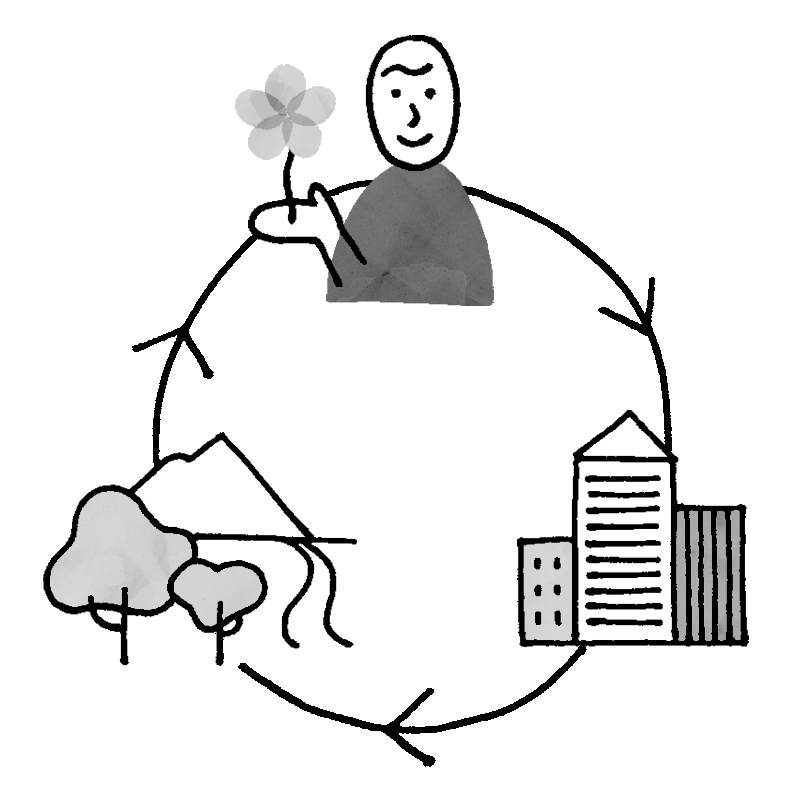
Step 2.
Dig deeper into problems & opportunities (Field research)
Field research such as contextual interviews and field observations allows the team to collect data while also experiencing the issue first hand. By obtaining information directly, a practical awareness of the environment, people's behaviors, social interactions, and other aspects around the production and consumption of offerings can be gained that is unavailable through theory or numbers.
Both the raw data and the insights gained from this process are extremely useful in bridging the gap between theory and practice. By incorporating real voices from the field, more realistic and effective strategies can be developed. The knowledge gained through field research guides product development and service improvements, and is a valuable resource for companies to achieve sustainable growth.

Step 3.
Behavior change design (COM-B Model)
COM-B is a well-known model for behavior change design presented by Dr. Amy Bucher, author of Engaged: Designing for Behavior Change. The model presents three main categories which drive behavior (Capability, Opportunity, and Motivation), and is supplemented with further explanation of how each factor works. The COM-B model can be used to analyze existing states, as well as for designing iniatives for realizing behavior change.
For example, the COM-B model helps to identify "blockers" and "boosters" to desired behaviors, where they are, why they occur, and how to handle them. However, it's not just about design and implementation, but also about evaluating effectiveness and being able to make intentional adjustments along the way. It is a powerful tool for pursuing sustainable behavior change, and supporting companies looking to have a positive impact on environment and society.
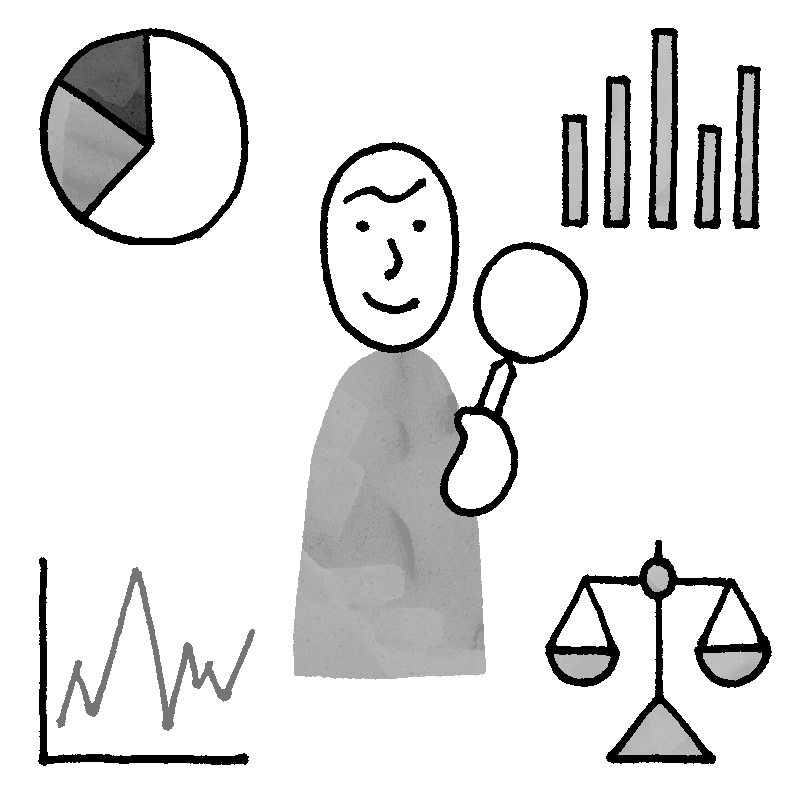
Step 4.
Sustainable branding (Mental imagery interviews)
Interviews involving mental imagery offer a unique method for reaching people's underlying thoughts and feelings, which may be difficult to surface through conversation alone. This technique asks respondents to select images which represent their thoughts and feelings in response to particular topics and questions. For example, "sustainability" expressed through images may lead to subtle nuances that may not have been introduced otherwise, or allow the respondent to recognize some essence that even they may struggle to put into words. The interviewer can follow-up with questions about perceptions, expectations, anxieties, and so on. Particularly in the case promotion and branding for sustainability, such interviews can provide extremely valuable insights.
To promote sustainability, it's essential not only to address issues from a societal leve, but alsoget close to individual people's values and psychology. Mental imagery interviews are one effective tool towards this end.
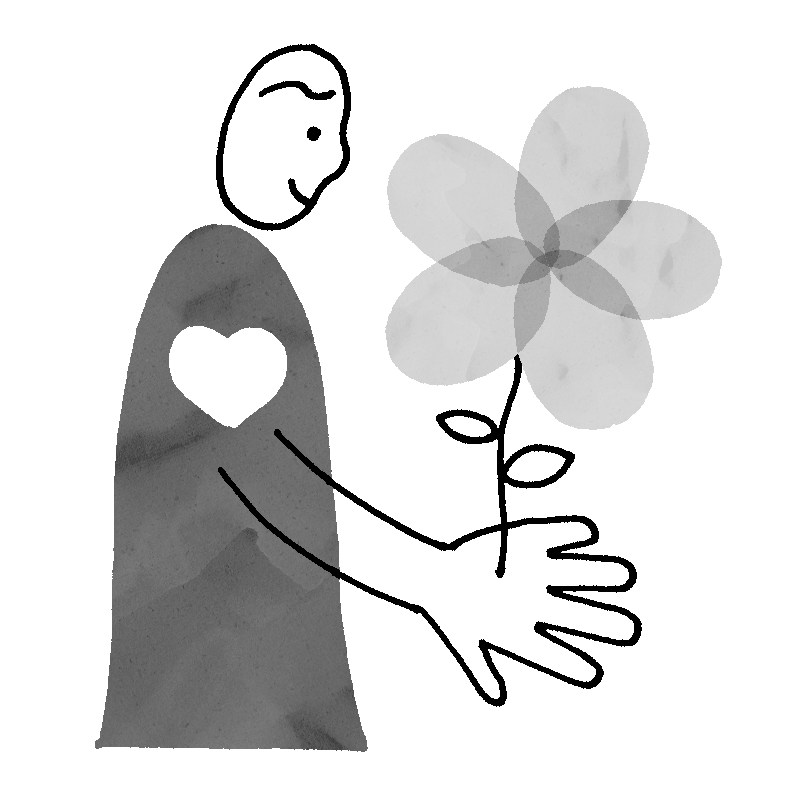
関連記事
-
-
2025.10.06
Blog|サスティナビリティとアクセシビリティ ―プロダクトジャーニーマップで見えてくる新しい視点―
- サスティナビリティの課題には環境課題以外にも社会課題があります。 プロダクトのジャーニーを可視化することを通じて、プロダクトに潜む「無意識の排除」、すなわちアクセシビリティの課題に気づき、より持続可能なプロダクトにするための切り口を発見することを提案します。
- サスティナビリティ
-

-
Yohei Ushijima
株式会社mct エクスペリエンスデザイナー
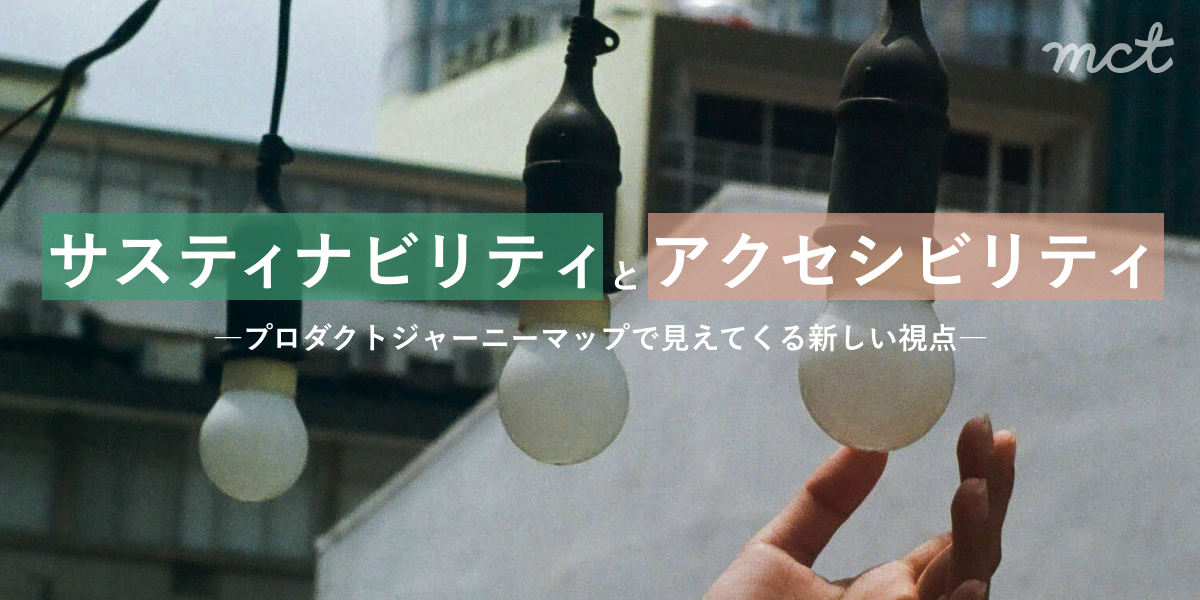
-
-
-
2025.09.12
Blog|環境・社会への配慮がCXに影響する時代に知っておきたいこと
- 消費者は飲食店選びに環境・社会への配慮を重視するように。 サステナブルな価値観がCXを変える時代に。 ブログ後半では企画や開発、購入、使用、修理、廃棄に至るまで、 それぞれの段階がサステナブルであるかどうか。課題を可視化する 「プロダクトジャーニー体験ワークショップ」をお申込みいただけます。
- CX・顧客経験
- サスティナビリティ
- CXマネジメント
-

-
Natsuki Koizumi
株式会社mct エスノグラファー

-
-
-
2025.07.29
Blog|サスティナブルなプロダクト体験がCXを次のレベルへ引き上げる
- サステナブルなプロダクト体験がCXを向上させる方法と、欧米で注目される「修理する権利」の動向を紹介します。
- CX・顧客経験
- サスティナビリティ
- CXマネジメント
-

-
Yohei Ushijima
株式会社mct エクスペリエンスデザイナー
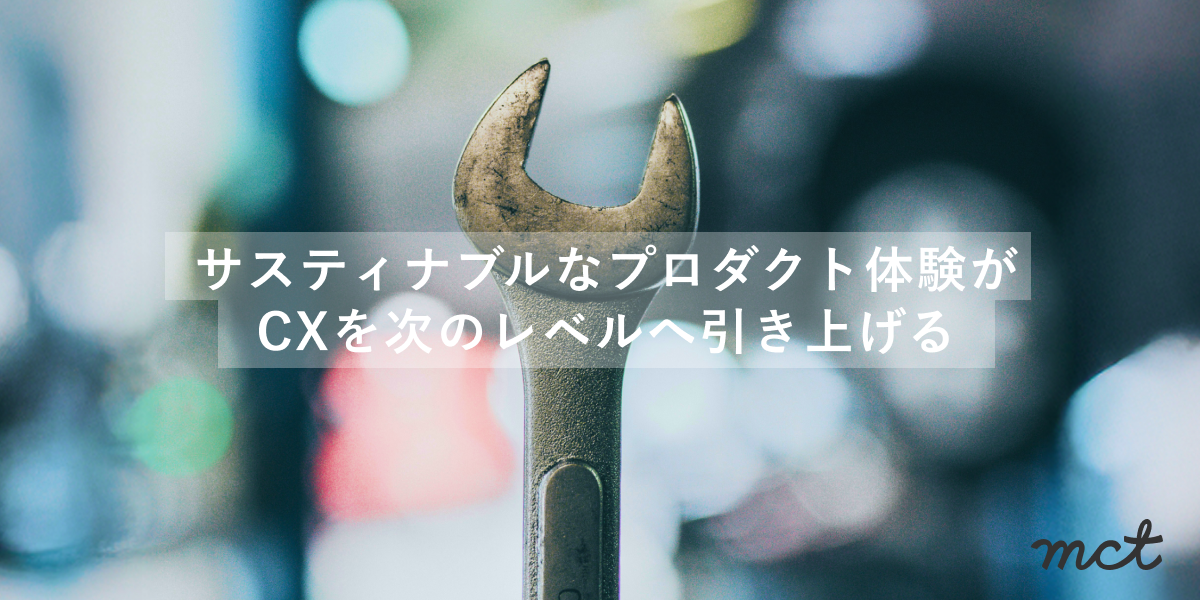
-
-
-
2025.07.09
Series|近未来小説:サスティナブルな世界へと続く道―#08(レジリエンス)最終回
- 10年後のサステナブルな未来を描く近未来小説。 レジリエンスを通じて、危機を成長の機会に変える方法を探る。
- サスティナビリティ
-
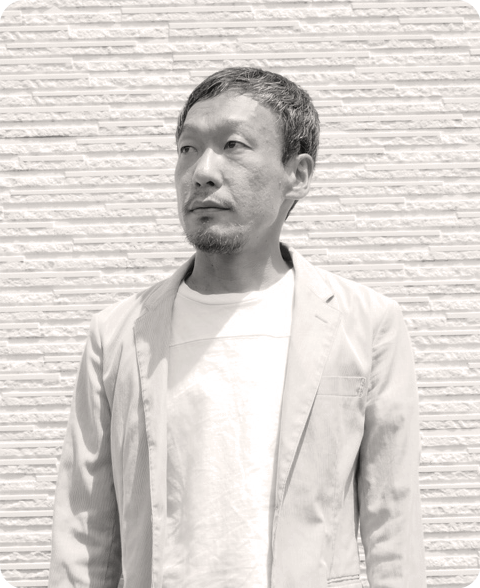
-
Fumihiro Shimono
株式会社mct デザインストラテジスト

-

